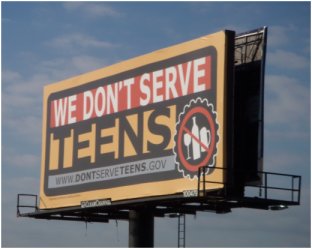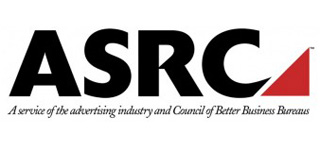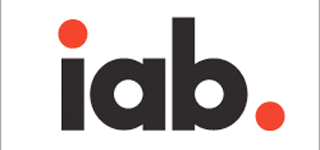
Viral Marketing
The marketing angle behind viral videos.
 The alcohol industry’s self-regulation efforts have historically focused on three main areas – drunk driving, underage drinking, and problem drinking – and have achieved what many observers say is a mixed level of success. And like so many other industries, the extent to which the alcohol industry is willing to go to police itself is a matter of some controversy and debate.
The alcohol industry’s self-regulation efforts have historically focused on three main areas – drunk driving, underage drinking, and problem drinking – and have achieved what many observers say is a mixed level of success. And like so many other industries, the extent to which the alcohol industry is willing to go to police itself is a matter of some controversy and debate.
While the FTC has suggested in recent years that industry efforts have been effective and, in some instances, have even involved voluntary measures that have exceeded accepted standards, there have been concerns that some industry groups have not been willing to go far enough to tackle some of the more serious social problems associated with alcohol consumption.
The three primary groups that act as self-regulators are:
(1) the Beer Institute;
(2) the Distilled Spirits Council; and
(3) the Wine Institute.
However, these organizations also actively lobby Congress, federal agencies, and state governments in an effort to ensure that industry interests are reflected – and protected – in the legislative process and public policy.
Nonetheless, there have been some signs that efforts on the part of these organizations have had at least some positive effect on the incidence of under-age drinking in the U.S. For example, in 2003, the industry agreed to fully adhere to a prior FTC recommendation that it limit its marketing efforts to only those media channels where adults accounted for 70% of the audience – a significant increase over the prior 50% standard.
In September 2007, the alcohol and advertising industries worked together with the FTC to distribute thousands of public service announcements promoting the FTC’s “We Don’t Serve Teens” campaign.
None of this is to suggest, however, that there aren’t areas where the alcohol industry can improve. For example, industry observers have called upon the alcohol industry to use more objective, transparent data in determining which movies meet the 70%-adult audience standard, and are therefore suitable for product placement marketing efforts.
Other critics have observed that the alcohol self-regulators don’t have much bite because, like many other self-regulators, adherence to their codes and findings is voluntary.
Example? This ad continued to air even after the Distilled Spirits Council found that it violated a number of the organization’s advertising standards.
The marketing angle behind viral videos.
The Advertising Self-Regulatory Council (ASRC) (formerly known as the National Advertising Review Council) is a self-regulatory agency that was formed in 1971 by the American Advertising Federation, the American Association…
The Interactive Advertising Bureau (IAB) is an organization of online advertising businesses. Since its inception in 1996, the IAB has developed guidelines, standards, and best practices for the online advertising…

